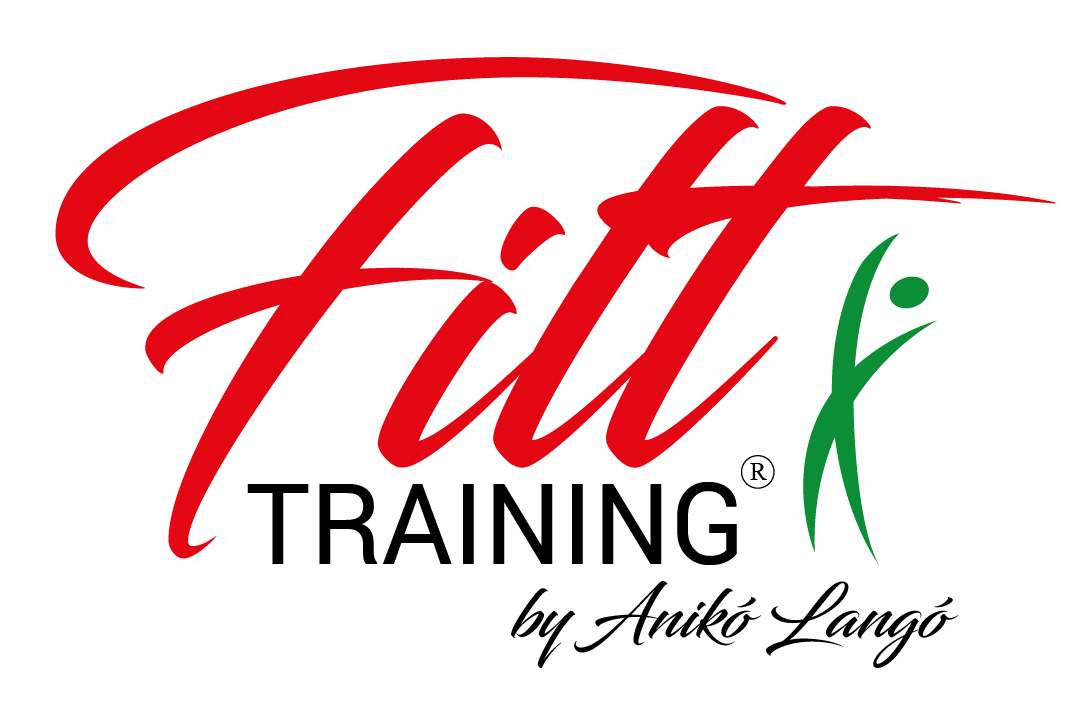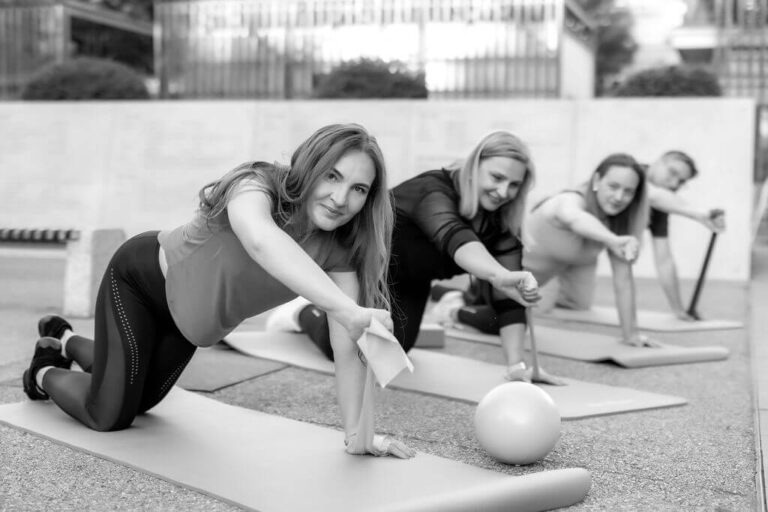Be honest: how often do you actually stretch? For most people, it’s the first thing to drop. A quick tug on the calves, maybe touch the toes for a second, then off to the shower. But here’s the thing — stretching isn’t extra. It’s the piece that makes the rest of your training safer, smoother, and more effective.
Why stretching matters
You don’t have to be an athlete to need it. In fact, the less active you’ve been, the more important it is. And once you’re over 40, your body changes — joints get stiffer, muscles lose some of their spring. If you don’t actively work against that, you’ll notice the difference in small but annoying ways: bending feels harder, steps get shorter, recovery takes longer.
Stretching helps slow that down. A few minutes is enough to make everyday movements — carrying a bag, reaching overhead, even getting up from the couch — easier and less of a strain. It’s not about fancy poses. It’s about keeping your body free to move.
Two big payoffs
First, injury prevention. Tight muscles tear more easily. It’s as simple as that. When you stretch, you give them room to lengthen and recover, which lowers the chance of sudden pulls.
Second, mobility. Without regular stretching, your range of motion shrinks. Maybe you don’t notice right away, but over time it shows up — you can’t reach as far, twist as easily, or move as comfortably. Stretching keeps joints open and movement smooth. Bonus: it even helps muscle recovery, so you’re less sore and bounce back faster.
When to do it
There’s no single “right” moment, but there are a few rules that help:
- After you warm up, loosen the muscles you’re about to use. That way they’re ready for work.
- During strength training, stretch lightly between sets. It eases tension and keeps form sharp.
- At the end, always finish with a full-body stretch. Think of it as closing the session properly instead of just walking away.
One doesn’t: never stretch on a cold body. That’s how injuries happen. Warm up first, then stretch.
Why stretching is crucial after 40
You don’t recover the way you did in your twenties. That’s normal. Stretching helps make up for it. It protects your joints, reduces stiffness, and keeps your posture upright. For anyone who wants injury-free training or who’s managing a chronic condition, it’s one of the simplest, safest tools you’ve got.
In my Fitt Training® sessions, stretching is built in from day one. Whether someone has type 2 diabetes, fatty liver disease, or just years of sitting at a desk behind them, this step makes the difference between quitting early and staying active for the long run.
The quiet hero
Stretching doesn’t get applause. It’s not flashy. But it’s what keeps you moving tomorrow, and the next day, and the day after that. It’s what makes harder training possible without breaking down.
So don’t skip it. Give yourself those few minutes. Your body will thank you — not just now, but years from now.




